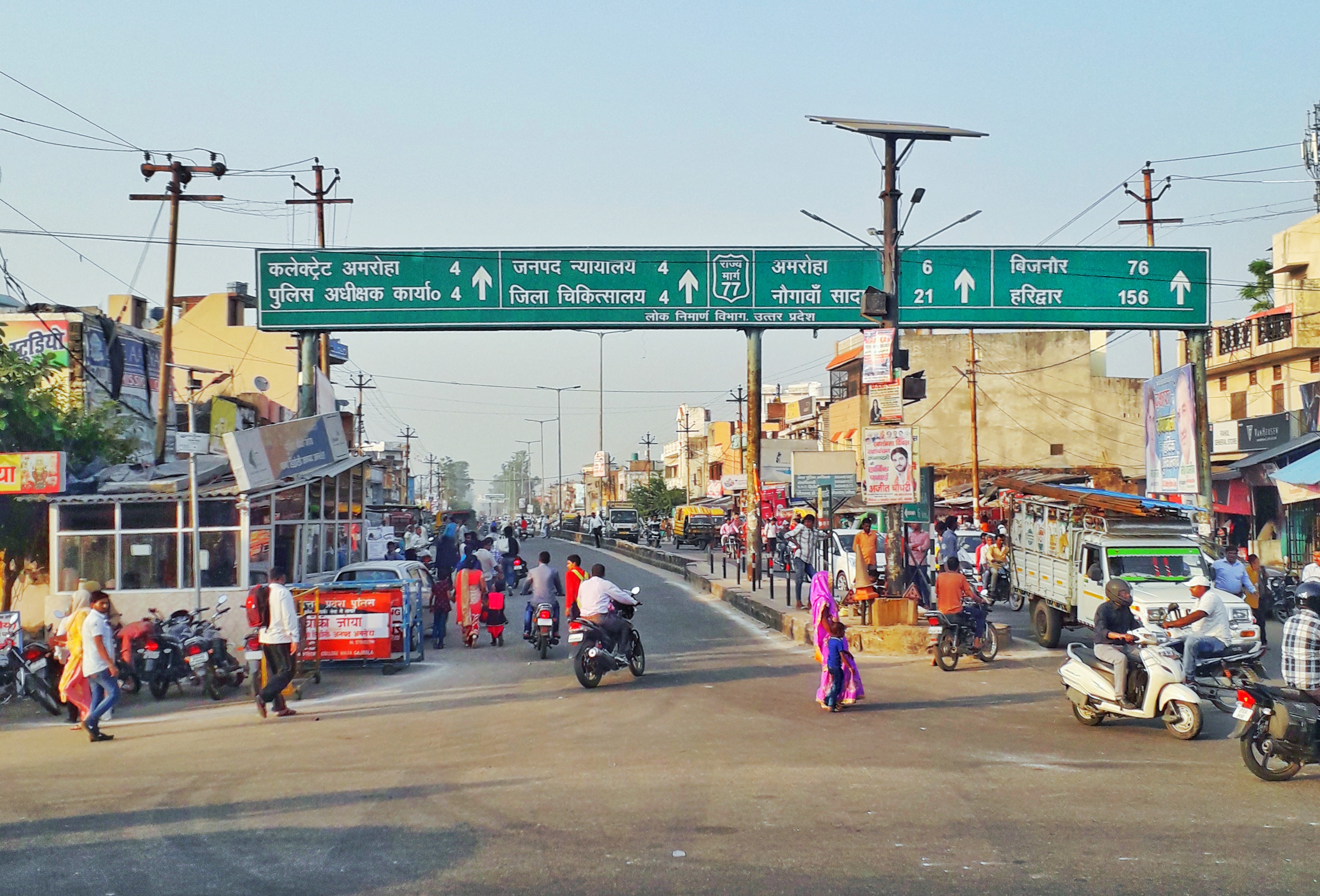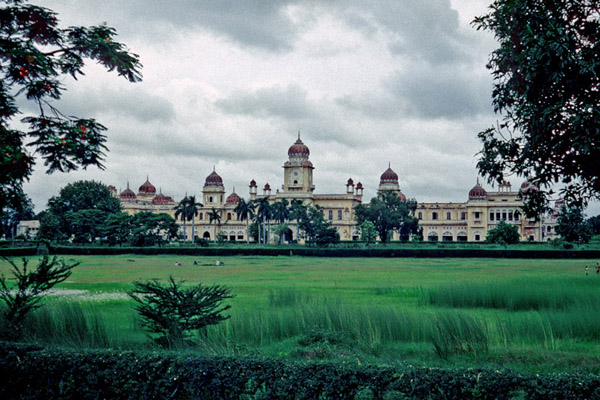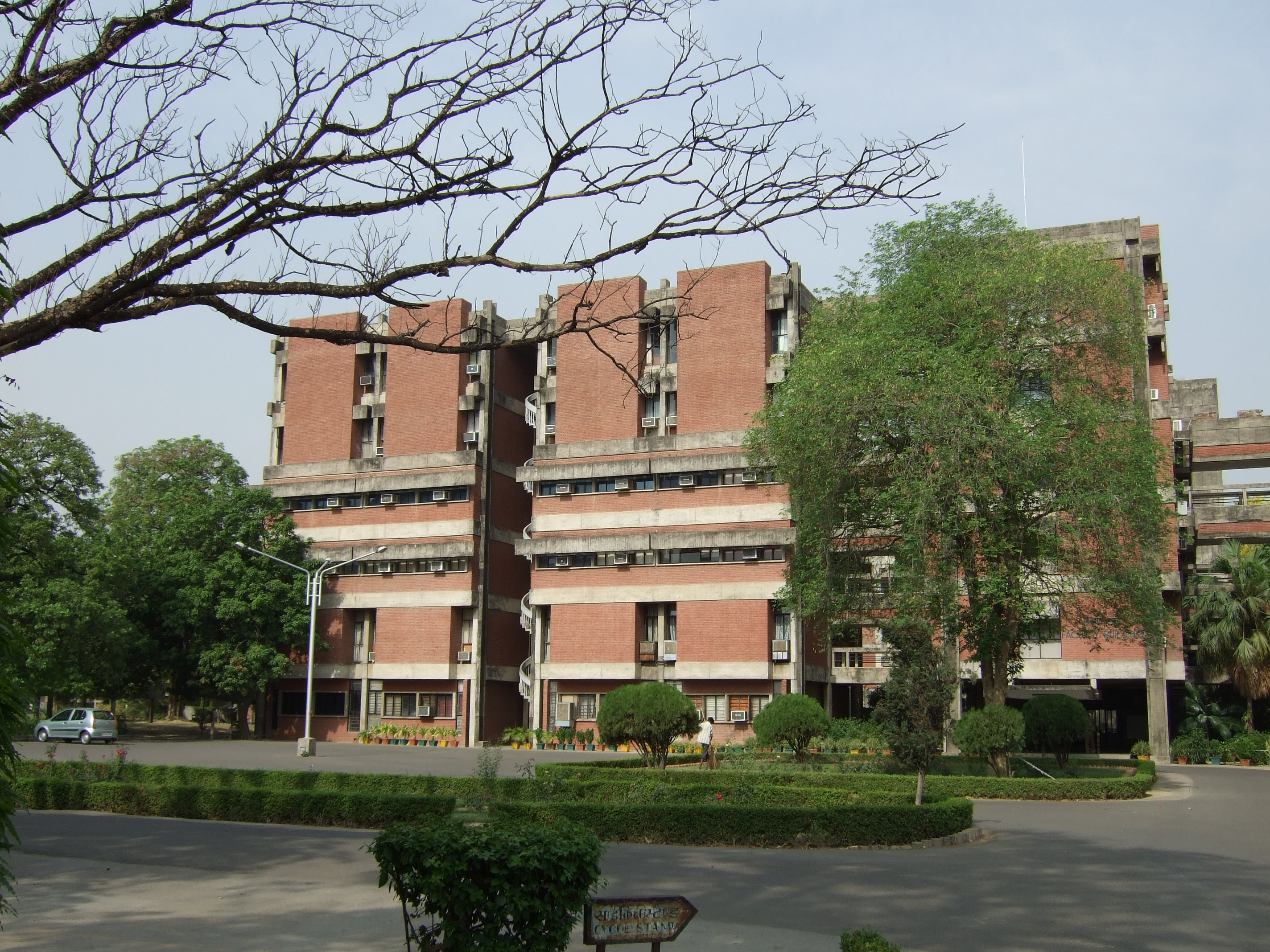|
Syed Wajih Ahmad Naqvi
Syed Wajih Ahmad Naqvi is an Indian marine scientist and the former director of the National Institute of Oceanography. His work has concentrated in oceanic water chemistry, biogeochemistry, and chemical interrelations with living organisms. He has also performed research on freshwater ecosystems. He was the chief Indian scientist of LOHAFEX, an ocean iron fertilization experiment jointly planned by the Council of Scientific Industrial Research (CSIR), India, and Helmholtz Foundation, Germany. Life and career Wajih Naqvi was born on August 10, 1954, at Amroha, Uttar Pradesh. The third of seven children of Aziz Fatima and Sibte Mehmood, Naqvi had his early schooling at Amroha (Imamul Madaris Intermediate College) and Bareilly (FR Islamia College) before moving to Lucknow for intermediate and higher education at Shia College and Lucknow University. After obtaining his M.Sc. degree in physical chemistry in 1974, Naqvi secured a CSIR Junior Research Fellowship to carry out resear ... [...More Info...] [...Related Items...] OR: [Wikipedia] [Google] [Baidu] |
National Institute Of Oceanography, India
The National Institute of Oceanography, founded on 1 January 1966 as one of 38 constituent laboratories of the CSIR, is a self-governing research organisation in India that conducts scientific research and studies on the unique oceanographic features of the Northern Indian Ocean. It is headquartered in Goa and has regional offices in Kochi, Mumbai, and Vizag , image_alt = , image_caption = From top, left to right: Visakhapatnam aerial view, Vizag seaport, Simhachalam Temple, Aerial view of Rushikonda Beach, Beach road, Novotel Visakhapatnam, INS Kursura submarine museu .... History By the 1950s, oceanographers all over the world realised that, while progress had been made in describing and understanding the observed features of the Atlantic and Pacific Oceans, the Indian Ocean remained largely unexplored. It was critical to address fundamental oceanographic issues related to the northern Indian Ocean's monsoonal cycles, chemical properties ... [...More Info...] [...Related Items...] OR: [Wikipedia] [Google] [Baidu] |
Amroha
Amroha is a city in the state of Uttar Pradesh in India. It is located north-west of Moradabad, near the Ganga River. It is the administrative headquarters of the Amroha district. Geography Amroha is located north-west of Moradabad, near the Sot (सोत) River. Being just 130 km away, Amroha's weather is very similar to Delhi. The city is divided into localities and blocks. The climate of the Amroha is similar to other districts of Western Uttar Pradesh situated at the base of Himalaya which becomes hot in summer and dry & cold in winter. Demographics Amroha is a city in Uttar Pradesh. As per the 2011 census, Amroha had a population of 198,471. Population of children within the age group of 0–6 is 28323 which is 14.27% of total population of Amroha (NPP). In Amroha Nagar Palika Parishad, the female sex ratio is of 925 against state average of 912. Moreover, child sex ratio in Amroha is around 950 compared to Uttar Pradesh state average of 902. The total number of lit ... [...More Info...] [...Related Items...] OR: [Wikipedia] [Google] [Baidu] |
Shia College, Lucknow
Shia College is a college located in old Lucknow, Uttar Pradesh, India. It is affiliated with the University of Lucknow and one of the institutes of higher education in India.The direcotories & listings containing 'Shia College' or 'Shia Degree College', * * * * * * * * * * * * * * Overview Shia college was established in 1919. Over a period of 100 years of its existence the college has contributed immensely to Indian society with its impressive alumni comprising academicians, politicians, bureaucrats and other distinguished citizens. Although The college was established just a year before the Lucknow University came into existence, it was initially affiliated to Allahabad University. The College consists of two teaching campuses viz, Sitapur Road Campus and Victoria Street Campus. Brief history The idea of starting a Shia College was formulated in AISC's 1910 session, the scheme was floated in March 1914 and the decision of starting a degree college at Lucknow w ... [...More Info...] [...Related Items...] OR: [Wikipedia] [Google] [Baidu] |
University Of Lucknow
The University of Lucknow (informally known as Lucknow University, and LU) is a public state university based in Lucknow, Uttar Pradesh. Founded in 1920, the University of Lucknow is one of the oldest government owned institutions of higher education in India. LU's main campus is located at Badshah Bagh, University Road area of the city with a second campus at Jankipuram. LU is a teaching, residential and affiliating university, organized into more than 500 colleges and 17 institutes, located throughout the city and other surrounding areas. The University has jurisdiction over colleges of 4 districts: Raebareli, Hardoi, Sitapur and Lakhimpur Kheri. The university is opening a third campus in Sitapur district where vocational and skill development courses will be offered. The University of Lucknow is the only Public University in the State of Uttar Pradesh to be accredited with A++ status by the National Assessment and Accreditation Council. History The idea of establishing a u ... [...More Info...] [...Related Items...] OR: [Wikipedia] [Google] [Baidu] |
Indian Institute Of Technology, Kanpur
The Indian Institute of Technology Kanpur (IIT Kanpur) Hindi: भारतीय प्रौद्योगिकी संस्थान कानपुर) is a public institute of technology located in Kanpur, Uttar Pradesh, India. It was declared to be an Institute of National Importance by the Government of India under the Institutes of Technology Act. The institution was established in 1959. As one of the first Indian Institutes of Technology, the institute was created with the assistance of a consortium of nine US research universities as part of the Kanpur Indo-American Programme (KIAP). History IIT Kanpur was established by an Act of Parliament in 1960 by the Government of India. The institute was started in December 1959 in a room in the canteen building of the Harcourt Butler Technological Institute at Agricultural Gardens in Kanpur. In 1963, the institute moved to its present location, on the Grand Trunk Road near Kalyanpur locality in Kanpur district. The camp ... [...More Info...] [...Related Items...] OR: [Wikipedia] [Google] [Baidu] |
Savitribai Phule Pune University
Savitribai Phule Pune University (SPPU), formerly the University of Poona, is a collegiate public state university located in the city of Pune, India. It was established in 1949, and is spread over a campus in the neighbourhood of Ganeshkhind. The university houses 46 academic departments. It has about 307 recognized research institutes and 612 affiliated colleges offering graduate and under-graduate courses. Savitribai Phule Pune University Ranked 12th NIRF Ranking in 2022 History The University of Pune was established on 10 February 1949 under the Pune University Act passed by the Bombay legislature in 1948. M. R. Jayakar became its first vice-chancellor. Its first office was started from the Nizam Guest House, which is part of Bhandarkar Oriental Research Institute on Law College Road. The university was operated at Nizam Guest House until 1 June 1949. Its current building was originally called the Governor House. As its name suggests, it was the seasonal retreat of the ... [...More Info...] [...Related Items...] OR: [Wikipedia] [Google] [Baidu] |
Scientists From Uttar Pradesh
A scientist is a person who conducts Scientific method, scientific research to advance knowledge in an Branches of science, area of the natural sciences. In classical antiquity, there was no real ancient analog of a modern scientist. Instead, philosophers engaged in the philosophical study of nature called natural philosophy, a precursor of natural science. Though Thales (circa 624-545 BC) was arguably the first scientist for describing how cosmic events may be seen as natural, not necessarily caused by gods,Frank N. Magill''The Ancient World: Dictionary of World Biography'', Volume 1 Routledge, 2003 it was not until the 19th century in science, 19th century that the term ''scientist'' came into regular use after it was coined by the theologian, philosopher, and historian of science William Whewell in 1833. In modern times, many scientists have Terminal degree, advanced degrees in an area of science and pursue careers in various Sector (economic), sectors of the economy such ... [...More Info...] [...Related Items...] OR: [Wikipedia] [Google] [Baidu] |
Living People
Related categories * :Year of birth missing (living people) / :Year of birth unknown * :Date of birth missing (living people) / :Date of birth unknown * :Place of birth missing (living people) / :Place of birth unknown * :Year of death missing / :Year of death unknown * :Date of death missing / :Date of death unknown * :Place of death missing / :Place of death unknown * :Missing middle or first names See also * :Dead people * :Template:L, which generates this category or death years, and birth year and sort keys. : {{DEFAULTSORT:Living people 21st-century people People by status ... [...More Info...] [...Related Items...] OR: [Wikipedia] [Google] [Baidu] |
University Of Lucknow Alumni
A university () is an institution of higher (or tertiary) education and research which awards academic degrees in several academic disciplines. Universities typically offer both undergraduate and postgraduate programs. In the United States, the designation is reserved for colleges that have a graduate school. The word ''university'' is derived from the Latin ''universitas magistrorum et scholarium'', which roughly means "community of teachers and scholars". The first universities were created in Europe by Catholic Church monks. The University of Bologna (''Università di Bologna''), founded in 1088, is the first university in the sense of: *Being a high degree-awarding institute. *Having independence from the ecclesiastic schools, although conducted by both clergy and non-clergy. *Using the word ''universitas'' (which was coined at its foundation). *Issuing secular and non-secular degrees: grammar, rhetoric, logic, theology, canon law, notarial law.Hunt Janin: "The university i ... [...More Info...] [...Related Items...] OR: [Wikipedia] [Google] [Baidu] |




